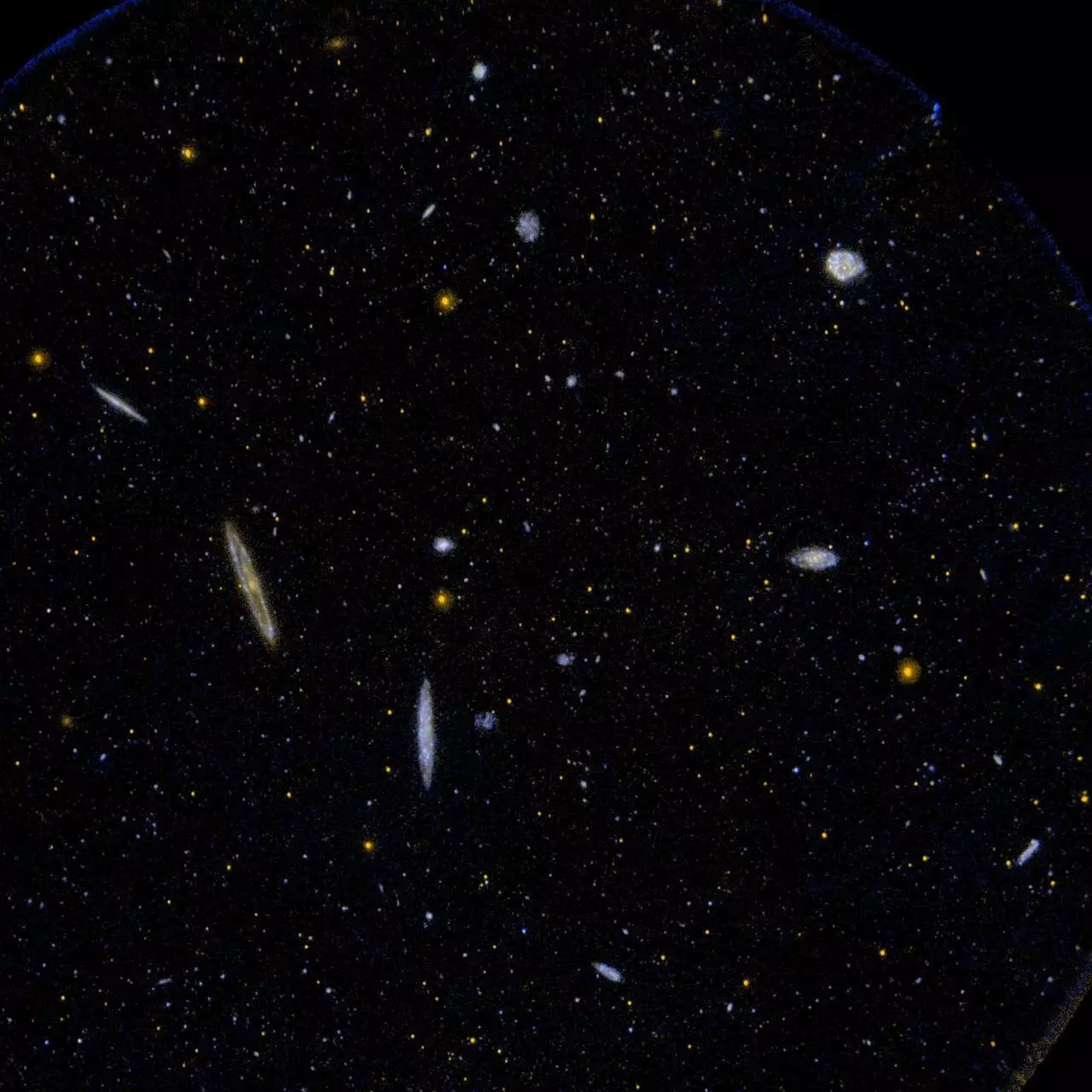Recent discoveries regarding the formation of our universe have provoked a renewed debate in the scientific community concerning the necessity of new physics. An illuminating study conducted by researchers from Southern Methodist University (SMU) in collaboration with three other academic institutions has brought forward evidence that may fundamentally alter our understanding of physics as it is currently taught in classrooms. This article delves into the implications of these findings and examines whether they necessitate a reevaluation of established theories.
A critical component of this recent study has been the utilization of high-performance computing resources at SMU, which allowed scientists to analyze extensive datasets generated by the Dark Energy Spectroscopic Instrument (DESI). According to Joel Meyers, co-author and associate professor of physics at SMU, the data from DESI, in conjunction with existing knowledge, has produced unprecedented precision. This precision offers intriguing hints that deviate from established expectations, spurring questions about the underlying rules governing the cosmos. The collaboration included esteemed physicists such as Nathaniel Craig from UC Santa Barbara, Daniel Green from UC San Diego, and Surjeet Rajendran from Johns Hopkins University, highlighting the interdisciplinary effort in this groundbreaking research.
Understanding Neutrinos and Their Mystique
Neutrinos, often described as ghostly particles due to their minuscule interactions with matter, hold immense significance in cosmological models. They are among the most prevalent particles in our universe, yet their properties remain elusive. The researchers utilized a technique known as baryonic acoustic oscillations to gauge the absolute mass scale of neutrinos—a crucial factor in understanding cosmic evolution. Historically, cosmologists assumed that massive neutrinos served to inhibit clustering of matter, which would shape galaxies and galaxy clusters over cosmic time scales. However, the latest findings suggest an unexpected enhancement in matter clustering, contradicting long-held assumptions.
Meyers points out that rather than observing the anticipated suppression, the evidence indicates a counterintuitive increase in the density of matter within cosmic structures. This unexpected behavior raises critical questions about current models of cosmic evolution and the interactions of fundamental particles. The surprise evidenced by DESI suggests not only potential flaws in measurement but also the possibility that existing theories, particularly the Standard Model of particle physics, may either require significant modification or could be entirely inadequate.
The Standard Model has long been regarded as the cornerstone of particle physics, providing a comprehensive framework to understand the interactions of elemental particles. Meyer and his team are not advocating a complete abandonment of this model but are instead exploring avenues to refine it or introduce new concepts that could provide explanations for these anomalies. They are also critically examining whether systematic errors in key measurements of cosmic data might render the surprising DESI findings more understandable. The complexity of the issues at hand suggests that definitive answers may take years of further study.
The challenges posed by the recent findings of the DESI study compel physicists to question established paradigms and embrace a more nuanced understanding of the universe. The intriguing possibility that neutrinos may behave in unforeseen ways or that there is an undiscovered layer of fundamental physics warrants deeper investigation and could herald significant advancements in our comprehension of the cosmos. As the research community grapples with these revelations, the future of cosmology remains brimming with potential for discovery, urging scientists to push the boundaries of knowledge and reevaluate the fundamental laws that govern our universe. The exploration of these cosmic mysteries may not only illuminate dark corners of physics but could reshape educational paradigms for generations of students to come.

